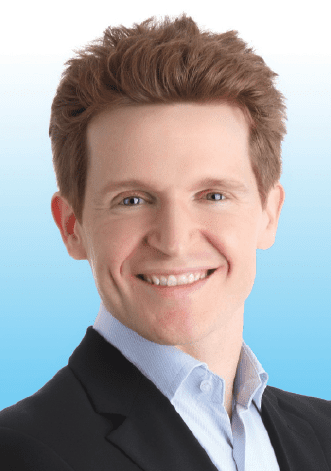By Rich Castellano, MD
Meditation has been around for thousands of years, and doctors are increasingly embracing it to calm their minds and improve patient care.
There are many types of meditation and many names for this age-old practice, such as quieting the mind, prayer, being in the moment, or simply being present. No matter what you call it, it’s really all about slowing down (or stopping) our thoughts and living in the right here, right now.
The easiest way to start is by just observing your thoughts and being present with yourself in the moment. Imagine yourself watching a movie about you. Visualize yourself walking into your favorite theater, picking out your seat, and getting comfortable for the show. You are watching you in real time, and observing the thoughts that are coming and going.
One thought may be about lunch, another about plans for the evening, another about a few bills you have to pay or phone calls you must return. One by one, the thoughts come and go. If you focus, you can slow them down. When we start this process, it is common to say, “I can’t,” but eventually, you will see that you can. Simply be present with yourself, your body, and your breathing.
KEEP CALM AND MEDITATE ON
So how do you incorporate this into your practice? Use meditation during patient encounters to keep daily distractions at bay. If you have allotted 15 minutes to be with a patient, completely dedicate that time to that patient. This means no other thoughts of other patient responsibilities, office administration, business matters, or personal situations. The patient will feel it if you are rushing and distracted or patient and present.
Take in every detail of the patient as you are present with them. Go beyond the fact that they are in your office for their Botox fix, and focus on who your patient is, what they are saying, and what they are looking for. Is their mood and speech high or low? Where is their focus? Allow yourself to look at these details several times. This often creates a sense of “timelessness,” which is peaceful for both you and the patient.
When you are suturing or injecting, often nothing else exists or is distracting you. Carry that same focus when you are engaging your patient or simply walking down the hallway.
Remember, meditation gets better with practice.
Rich Castellano, MD, is a facial plastic surgeon in private practice in Tampa and he Villages, Fla. He can help you with your meditation and can be reached via [email protected].
Original citation for this article: Castellano, R. Say Ohm Plastic Surgery Practice. 2013; Winter: 38




